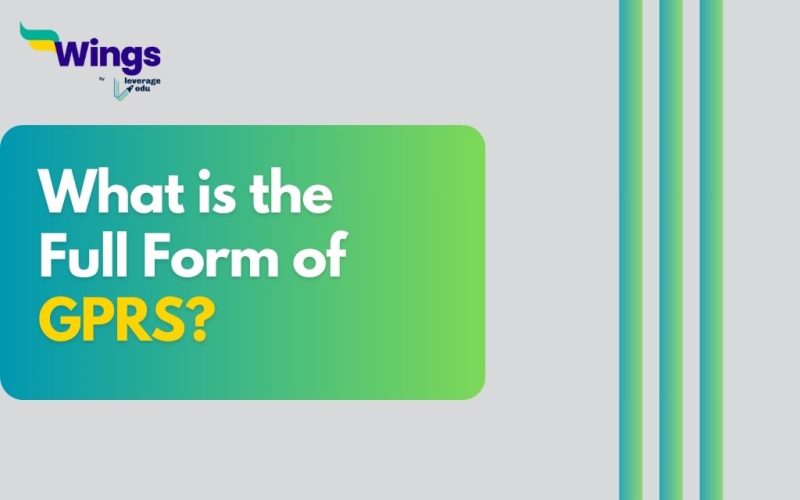The full form of GPRS is General Packet Radio Service. It was the first step towards mobile internet. It set up the stage for the internet services that we use at present. The introductory goal of GPRS was to improve data communication capacities on mobile networks. It enabled users to stay connected to the internet and receive data more efficiently. Moreover, GPRS sought to optimize network resources by presenting packet-switched data transmission that allowed improved data transfer rates. Read on if you want to know more about GPRS or General Packet Radio Service.
Fun Fact: GPRS was one of the first widely adopted standards for mobile data communication.
History of GPRS
Table of Contents [show]
In the late 1990s, GPRS arose as a momentous landmark in the development of mobile communication. It was presented as an extension of the GSM (Global System for Mobile Communications) standard and aimed at facilitating efficient data transmission over existing 2G networks. GPRS commemorated a shift from circuit-switched (ISDN) to packet-switched technology which enabled the transmission of data and use of the internet more effectively.
Also Read: What is the Full Form of LTE?
When is GPRS Used?
GPRS is generally used when mobile devices need to transmit data over cellular networks. Common applications of GPRS include mobile internet browsing, email, and various data services on GSM networks. Even though GPRS has now been predominantly succeeded by quicker technologies like 3G, 4G, and 5G, GPRS is nonetheless still used in some areas and devices, moreover in areas with limited network infrastructure.
Also Read: What is APN?
How does GPRS Work?
GPRS works by separating data into packets before transmission. These packets are then sent individually over the network and put together at their destination. GPRS utilizes a mixture of radio frequency and Internet Protocol (IP) to allow communication between the network infrastructure and mobile devices.
Also Read: What is Media Convergence?
What are the Benefits of GPRS?
The Benefits of GPRS are:
- Data Connectivity: It enabled mobile internet access, email, and other data services on GSM networks.
- Always-On Connection: GPRS introduced an “always-on” connection which eliminated the need to dial in for data services.
What are the Limitations of GPRS?
The Limitations of GPRS are:
- Speed: GPRS offers fairly slow data transfer rates as compared to technologies like 4G and 5G used today.
- Technological Ancientness: It has been replaced by faster and more advanced mobile data technologies in numerous regions.
Also Read: What is the Full Form of KB?
Popular Full Forms
We hope this blog has helped you understand the full form of GPRS and everything related to it. If you want to know more, find the 300+ general full forms list on our blog. In the world of short forms, you can rely on the Leverage edu page to know about more full forms like this! Connect with us study abroad experts to achieve your international dream today!
 One app for all your study abroad needs
One app for all your study abroad needs















 45,000+ students trusted us with their dreams. Take the first step today!
45,000+ students trusted us with their dreams. Take the first step today!
